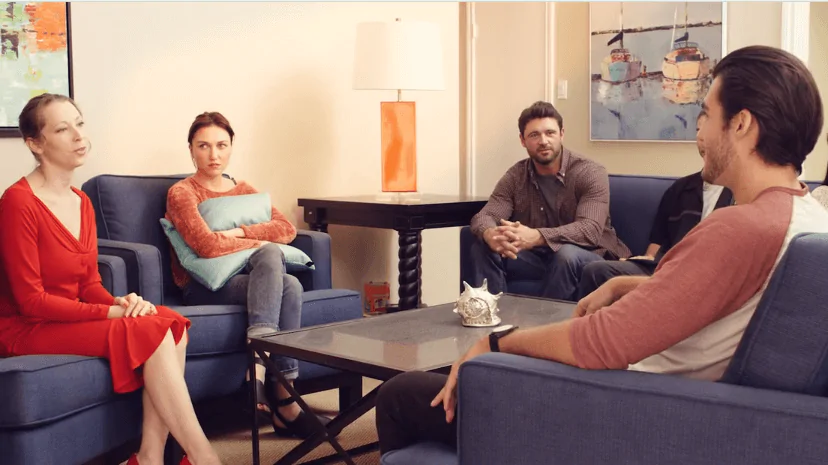24/7 Helpline:
(866) 899-221924/7 Helpline:
(866) 899-2219
Learn more about Residential Rehab centers in Big Sandy
Residential Rehab in Other Cities
Other Categories in Big Sandy

Other Insurance Options

Anthem

BHS | Behavioral Health Systems

Ambetter

Health Net

American Behavioral

Group Health Incorporated

BlueShield

Medical Mutual of Ohio

Sutter

Regence

BlueCross

MHNNet Behavioral Health

State Farm

Sliding scale payment assistance

Holman Group

Access to Recovery (ATR) Voucher

Magellan Health

Multiplan

UMR

UnitedHealth Group




Wellness Pointe
Wellness Pointe is a Federally Qualified Health Center that provides behavioral health services for ...

Community Healthcore
Community Healthcore offers drug and alcohol addiction rehabilitation along with helping families co...























